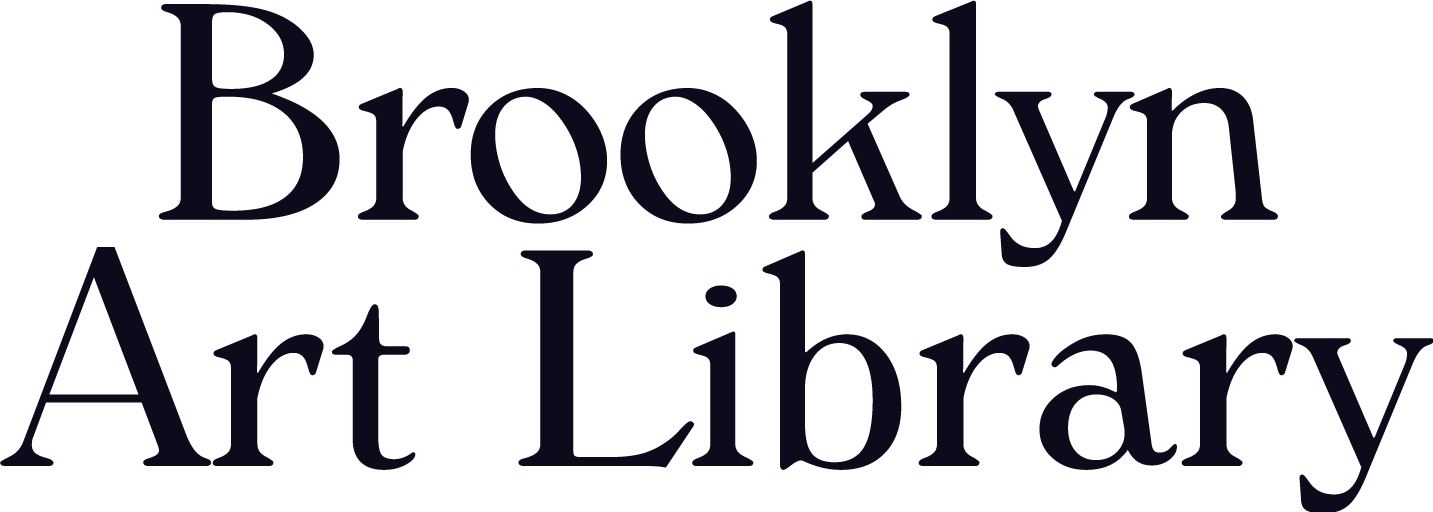SBP x Pride: Tamara Asidi
Illustrator Tamara Asidi’s eye-catching style merges experiments in pattern design with life-like, unique depictions of women across spectrums of self-expression, defying norms and stereotypes through portraiture. Currently a university student in the United Kingdom, Asidi’s creative practice continues to grow through physical and digital mediums, encompassing research-driven endeavors that include visual representations of data, histories of textiles, and present-day political issues such as immigration. Asidi’s work invites us to look beyond the mere beauty of images, to examine the many socio-political histories of oppression and ongoing resistance that inform today’s world. You can check out their growing portfolio of artworks and projects on their Instagram.
In the description of your sketchbook, “Women of Colour,” you write, “I chose to make the pieces colourful so I could express the vibrancy and beauty I see in WOC and perhaps get others to see them in the same light.” These portraits are so rich in vibrancy and personality, were there any particular women you referenced when you were making this book?
I wasn’t inspired by anyone in particular. I felt like there was a side to women of color, black women particularly, that was not being as readily celebrated. Black women get praised for their strength and ability to endure hardship but what about their softness and the way they spread joy? Those are qualities I had witnessed in the women I had grown up with, was surrounded by and saw in the media, and I wanted to highlight that.
You created this sketchbook in 2017. How has your creative practice and your illustrative style changed since then?
It would be easier to answer, ‘what has stayed the same?’ because so much has changed. I still focus on highlighting and celebrating marginalized identities. I’ve shifted to mostly working digitally and I reference traditional textiles as a way to convey ideas surrounding identity and culture, so pattern-making has become part of my illustrative style. Because I now study illustration at university, research has become a much bigger part of my creative practice and what I create is more influenced by what I’m currently learning.
When did you first begin making art?
It’s hard to say because it feels like I’ve been creating things forever. I was definitely one of those kids that was constantly drawing. I think, though, this sketchbook kind of marks when I started shifting to creating with purpose and thinking more about why I was making things and what I wanted my art to do. So, 2017.
Who are some of your queer creative heroes?
Someone I look to a lot is Tanya Compas, a multi-award-winning youth worker. Her work in creating Queer Black Christmas and the Exist Loudly Fund inspires me to continue creating spaces to celebrate queer black people and to center joy in my work.
What does Pride mean to you?
Pride, to me, is a moment to take time to celebrate my identity, come together with others who understand my struggle and find communion in that. It is also a time to reflect on our history as queer people, the lives that were lost in the journey to liberation, and the work that is still yet to be done.
What are some important issues you think we should be aware of in the global LGBTQ+ community?
I think that there needs to be more support of queer people of color, especially Black trans women. Black trans women face some of the greatest levels of violence despite being one of the smallest demographics. It is important that their experiences are highlighted and that they are given the support they deserve whether that’s pushing for inclusive laws, demanding justice for victims, or donating to causes specific to Black trans women.
Do you have any advice for anyone struggling with coming out, or with their identity?
I would say, remember you don’t have to come out, ever, if you don’t want to and especially if it is unsafe to do so. Being out doesn’t validate your queer identity, your existence is enough. If you are struggling with your identity, I can only really share what helped me. I found that surrounding myself with queer people and queer content (virtually or in real life) helped me feel seen because I was having those parts of myself reflected back to me in a positive way. It gave me hope that I could find happiness in my identity.
We’re in a very difficult moment now, politically, health-wise. Can you speak about how you have used art to cope with tough times? Do you have any advice for those struggling to stay creative right now?
I find that it helps me to find something that I can control in a time where I’m reminded just how little control I actually have. Creating has always been a way to process emotions for me so I’m throwing myself into mini projects to explore ideas and themes I don’t usually have the space to.
I think if you’re struggling to stay creative, take time to process and maybe put that energy elsewhere. A lot of the mini-projects I do wouldn’t really be considered creative but I’m using a lot the same thinking that I do within my creative process and once I’m in that space it’s hard to not have it transfer back into making.
How can people support your work? Are there any organizations you would like others to support as well?
You can support my work by following me on Instagram!
Organizations I would recommend supporting are: the Exist Loudly Fund, the Black LGBTQIA+ Therapy Fund, Colours Youth Network, and the Humblebee Creative.




